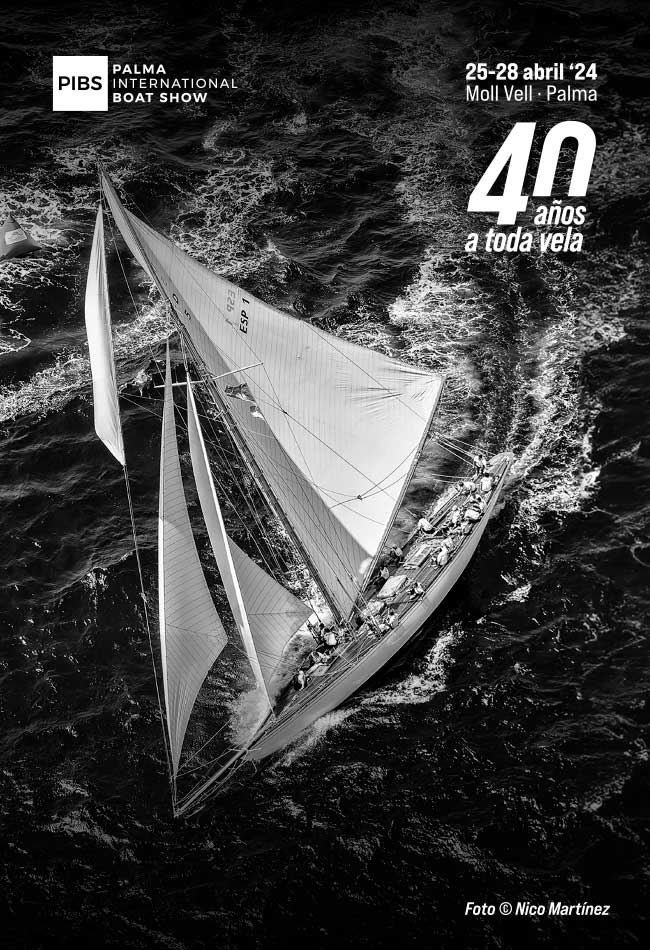You need to clear your holiday head and concentrate on these two new revolutionary technologies, as they are guaranteed to have a significant impact on all of us before the end of the decade!
The first you may not have heard of yet, and the second I have mentioned before but it is now getting close to becoming a reality as it becomes commercially available in 2017.
Where we have light we can transmit data.
First of all I would like to introduce Light Fidelity or Li-Fi. It is a breakthrough technology that is at least one hundred times faster than Wi-Fi! Li-Fi has the capacity to cope with our current and future needs, and the infrastructure is already in place. It is more efficient than anything currently available, it is secure and it increases the availability of a mobile connection.
The technology can use the 14 billion light bulbs around the world as wireless hotspots to connect your electronic devices! Astonishingly, the data speed would be 1Gbps or 100 times faster than current Wi-Fi technology!
This technology was first invented a few years ago by Professor Harald Haas, a renowned physicist who currently holds the Chair of Mobile Communications at my own alma mater, Edinburgh University. He has since founded pureLiFi, a company that has taken the lead in bringing this ground-breaking research to market. Their vision statement is: “To be the world leader in Visible Light Communications technology enabling ubiquitous, high-speed, secure data networks wherever there is illumination.”
The technology has recently become hot news when Estonian technology company Velmenni was able to use it to achieve speeds of 1 Gbps in real-world office and industrial environments, as opposed to inside a lab. Earlier in 2015, researchers at Oxford University achieved speeds of 224Gbps. To put it into perspective, that speed would allow you to download 18 feature-length films in a single second!
Data is currently transmitted over RF (Radio Frequency) waveforms. There are about 1.6 million RF base stations that connect to our mobile devices of which there are now 600 billion in the world. We use well over 800 terra bytes of data every single month with this current infrastructure. We are running out of space in the RF spectrum. It’s becoming scarce and expensive and it does not have the capacity required.
The 1.6 million bases stations use a lot of energy and are only 5% efficient as the majority of the energy is used for cooling, so not very green and efficient.
Security is an issue with wi-fi, as signals penetrate walls, and data can be intercepted unless good security is in place.
Professor Harald Haas literally had a light bulb moment!
He realised that if all the 14 billion light bulbs in the world were LED light bulbs, which are electronic devices themselves, they can be controlled to transmit and receive data at very high speeds, then the 1.6 million RF base stations could be replaced by 14 billion LED light bulbs. This also comes without extra energy costs. He also says that the light must be on to transmit, but the illumination can be reduced to such as point that the light doesn’t appear to be on and it will still work. Imagine the power saving alone if LED bulbs replaced all the old fashioned incandescent light bulbs.
He then explains that the Visible Light spectrum is 10,000 times wider or bigger than the RF spectrum. Therefore there is much greater capacity in this frequency range to handle the growth we demand. The visible light spectrum is harmless and has helped man live and breathe so there will be no issues with exposure to frequencies as there always has been with RF.
From the security perspective, transferred data is more secure as light doesn’t penetrate walls. It is only available to users within the same room.
What this does mean is that high-speed data communication is available everywhere, in your home and office, on an aircraft, on your smartphone, under water, between cars, between cars and traffic lights, and in dangerous environments such as oil rigs and refineries.
There have to be limitations and issues. The two I have come across are that the range is limited and it works best in a darkened area where you would typically have a light on. So it doesn’t work well outside in broad daylight but would work outside at night over short distances. In the years to come, every streetlight could be a high-speed data access point.
This is happening right now and is being fuelled by every one of us who uses data. How long before we feel the benefit? Watch this space…
Dome-less in Seattle!
The Kymeta flat panel satellite antenna development has just taken a giant leap forward, and we expect to be testing the first prototypes on yachts in March or April 2016, with a prototype system on a yacht at the Monaco Yacht Show later this year.
Since we first made contact with Kymeta in early 2013, we have witnessed the completion of their first successful test for satellite reception in May 2013 followed by the first two-way communication demonstration in December 2013.
In September 2014 they completed their first tests to track a moving non-geostationary satellite (NGSO) working with O3b.
Up to this point, all tests were completed with the Kymeta flat panel securely fixed to the ground but by June 2015 the mobile system was ready to be deployed and was fitted into the roof of a car which has been driving around Washington State. Since then it has completed some thousands of miles and over that time it has been successfully tracking the satellite.
In the middle of August 2015, Kymeta announced an agreement with Sharp to manufacture their panels in glass utilising their TV production lines. In November 2015 the first delivery of 50 panels arrived at Kymeta from Japan.
Since then, these have been assembled into the first prototype units and it appears they work even better than expected. As a result of this, the maritime prototype testing has now been brought forward to March/April this year. The photo shows how thin the new Kymeta glass panel is by placing it alongside an iPhone 6.
This revolutionary new development is fast becoming a reality, and we can be pretty sure we will see the first “dome-less” yachts within the next two years. At the same time, they will appear on commercial vessels such as cruise ships and in the oil and gas market. After that, they will begin to appear on cars, aircraft and eventually will replace the home sat antennas you see bolted onto buildings.
Flat panel radar
Kymeta has a sister company called Echodyne that, as with Kymeta, was spun out of Intellectual Ventures and uses the same technology, i.e. metamaterials. Bill Gates is the principal investor in both companies. Echodyne is developing flat panel X-Band radar.
Imagine affordable solid state electronically scanning radar technology for the maritime market — lightweight, fixed radar panels that can provide azimuth, range, and elevation to help you avoid other vessels or hazards. What’s more, with smart beam steering you will be able to focus your radar on objects of interest rather than wasting the vast majority of every mechanical sweep imaging nothing.
Sooner rather than later, the mast-less motor yacht will be a reality.
Roger Horner of e3 Systems
For further information on any of the above, please contact us.
email on info@e3s.com and website www.e3s.com
Tel: +34 971 404 208

















